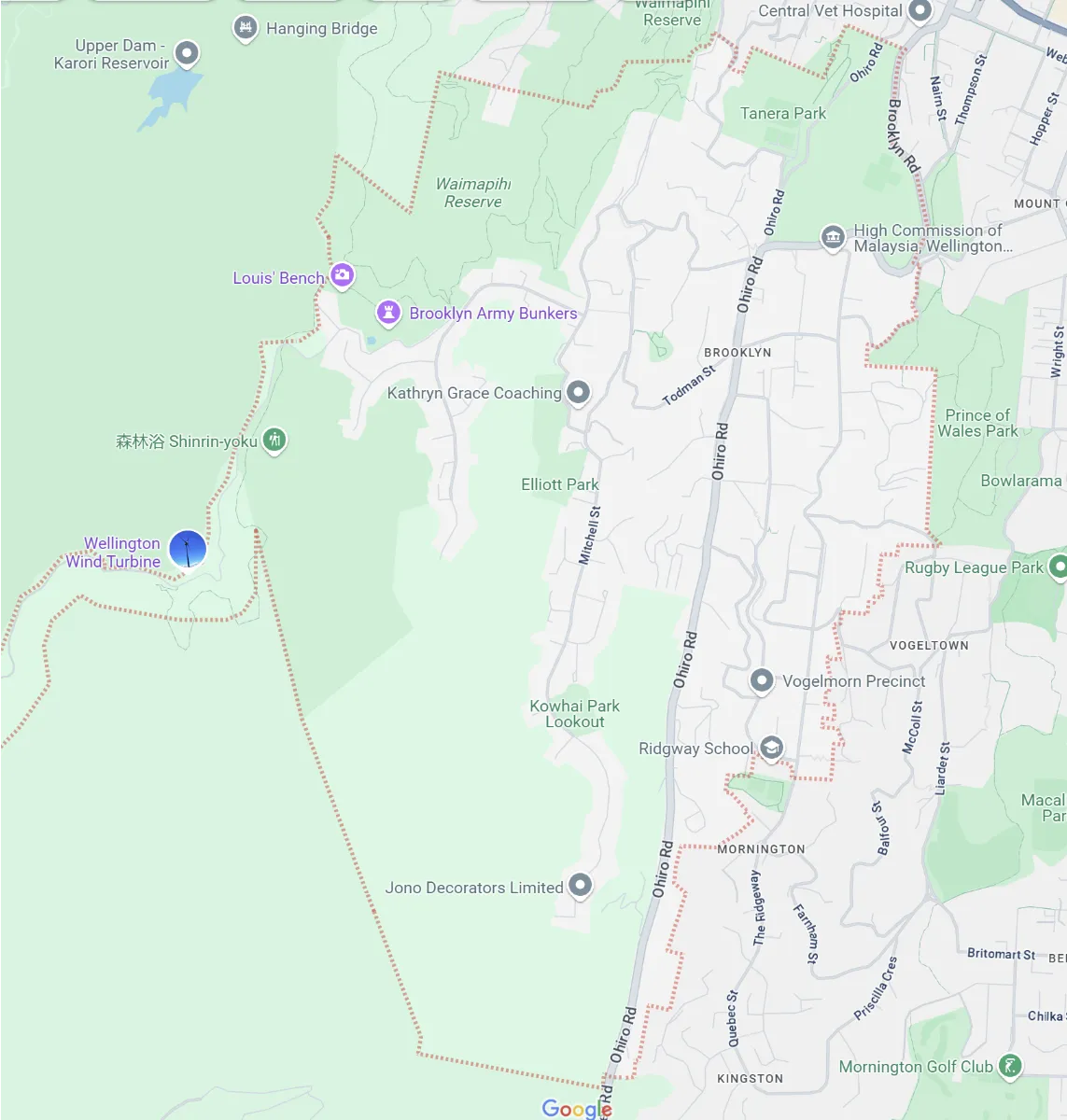Seed Imprinting and Anastasia's Ringing Cedars
Mark Honeychurch - 9th June 2025
Recently someone shared with me an article from the March 2025 issue of the “Brooklyn Tattler”, a monthly magazine for the residents of Brooklyn, Wellington. The article in question was written by someone from the Brooklyn Wellness Hub, a group of “natural” health practitioners local to the area. The obvious nonsense that I was being shown was part of a list of tips for growing vegetables and fruit in your garden, and it advised readers to:
“Imprint” the plant with your energy and state of health so it can produce the exact combination of nutrients to optimally improve your health. Put the seeds in your mouth for nine minutes. Then hold them between your palms while standing barefoot at the spot where you are going to plant them. Open your palms and gently breathe on the seeds. Like this they are warmed, and they ‘recognise’ what is in you. Hold the seeds in your open palms for 30 seconds before putting them in the soil. Dig the hole with your fingers or toes, don’t use any tools. Spit in the hole before planting the seeds. Don’t water them for three days so the information you gave the seeds doesn’t get washed away.
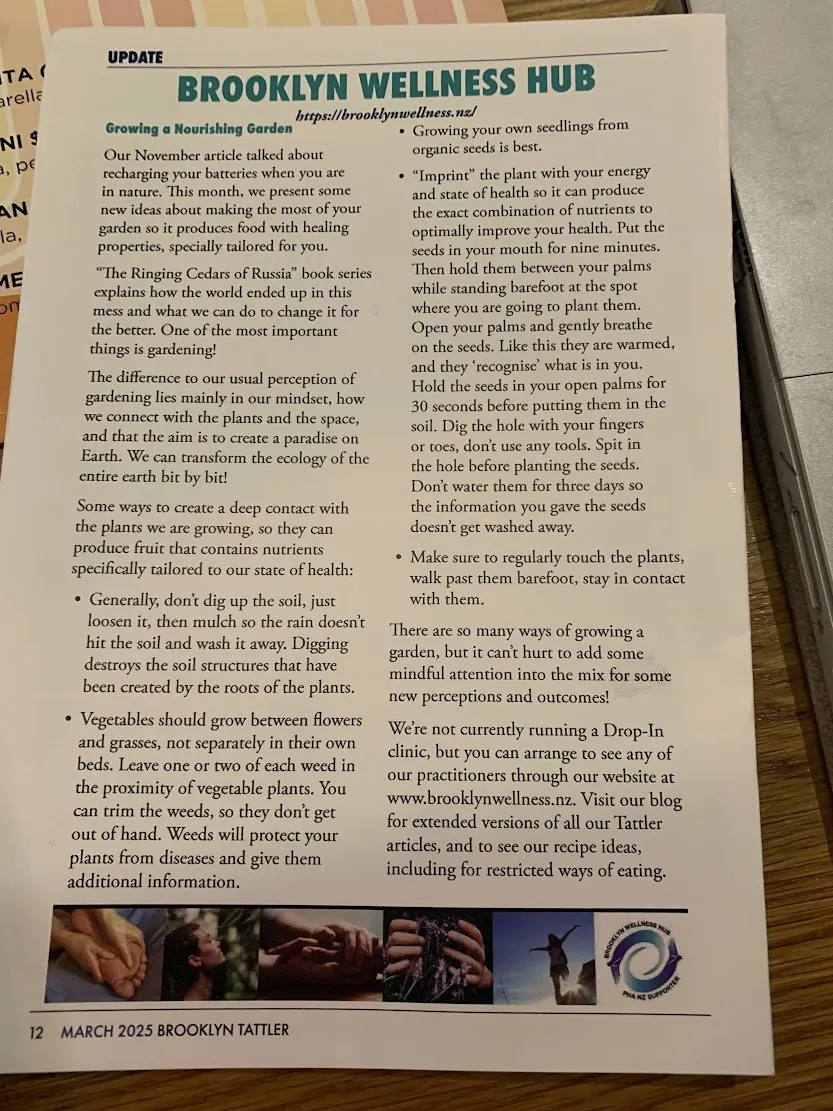
Obviously, all of this is nonsense and a total waste of people’s time. This kind of advice comes from a place of deep misunderstanding of basic chemistry and biology, and a very naive idea about nature being not just benign, but actively and consciously involved in helping humans. But I did wonder if there was any nugget of fact behind this silly idea, as can often be the case. A quick google let me know that imprinting is a real epigenetic mechanism that occurs in some flowering plants, animals and fungi.
Genomic Imprinting
According to the paper “Imprinting in plants as a mechanism to generate seed phenotypic diversity”, under the heading “What is Imprinting?”, it says:
Genomic imprinting in plants is an epigenetic phenomenon by which genetically identical alleles are differentially expressed in a parent-of-origin dependent manner. Imprinted gene expression primarily occurs in the endosperm and there is strong data for imprinted genes controlling early endosperm cell divisions as well as regulating the transfer of nutrients to the seed. Imprinting is an exception from Mendel’s Laws on the expression and inheritance of the two parental alleles in which dominant alleles express phenotypes over recessive alleles irrespective of the parental source of the allele. Instead, imprinted genes will express either the maternal or paternal allele even though the primary sequences of these alleles may be identical.
Essentially, from what I can tell - and I had trouble understanding any of the text because this is far from any area of expertise I have - some flowering plants can turn a gene off, so that it doesn’t express itself, based on whether that gene belongs to the male or female part of the chromosome. This is done using a process called methylation - where a molecule with a methyl group (e.g. methylcytosine) is attached to a gene, and suppresses it by stopping it from being transcribed. If you want to know more, have a read of the genomic imprinting and methylation Wikipedia pages.
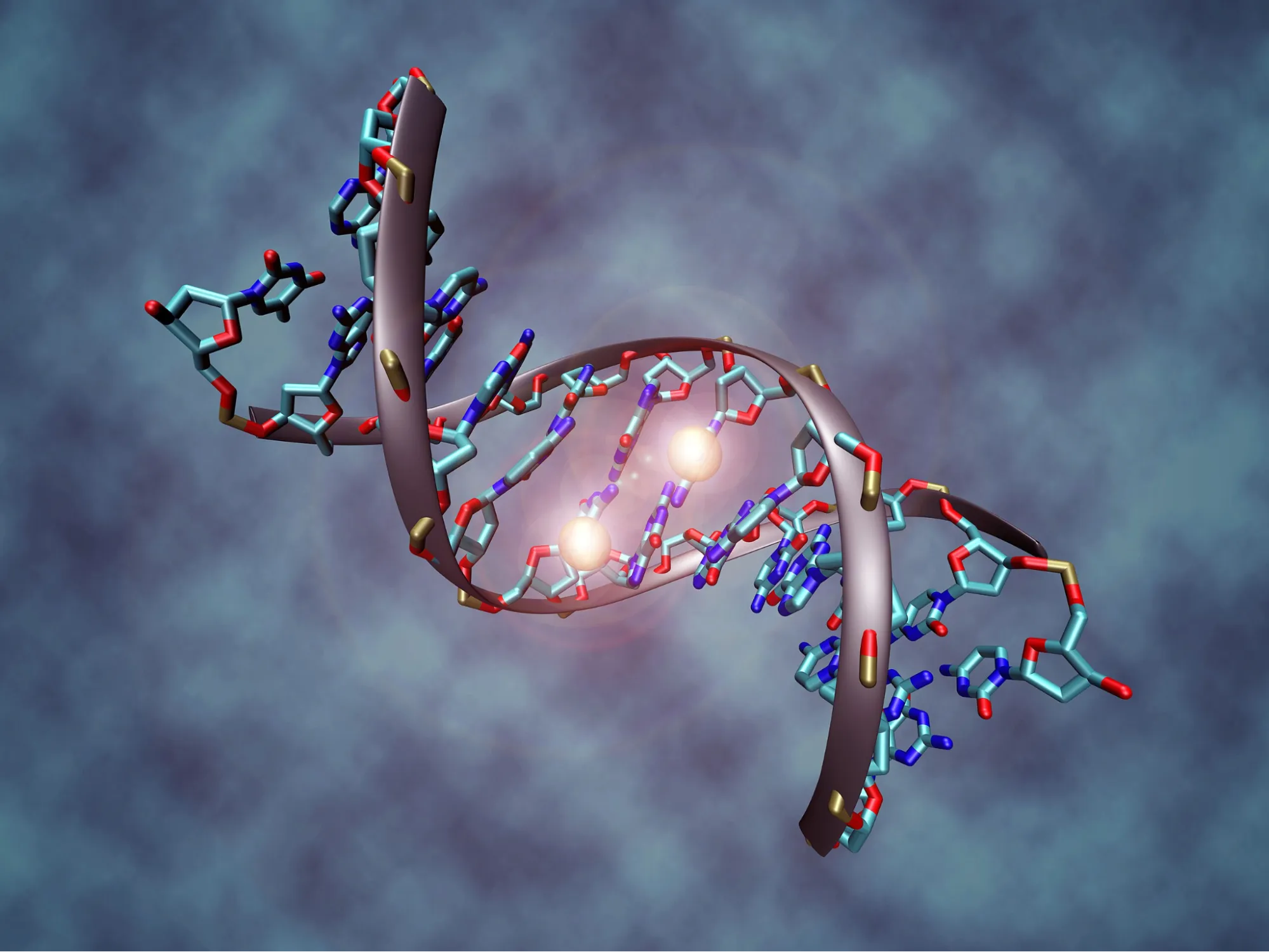
The Ringing Cedars of Russia
There was a second part of this Brooklyn Tattler article that piqued my interest, where it talked about how the importance of gardening is stressed in the “Ringing Cedars of Russia” series of books. This turns out to be a reference to the Anastasianism movement, started by Russian author Vladimir Megre with a book he wrote called “Anastasia”.
According to the book, cedar trees are special, as mentioned both in the bible and a couple of anecdotes: Rasputin was able to stay up all night having sex in orgies, and then head to morning prayers, sup some tea and receive visitors all day - how was he able to do this? Maybe he ate cedar nuts, because they were common where he lived. Championship wrestler Alexander Karelin grew up in an area with Siberian ciders - “a co-incidence?”, as the book asks. These two anecdotes, neither of which are even able to make a definite link between cedar trees and the people mentioned, are apparently just two of a “whole host of historical phenomena”, “facts which can be easily verified in popular science literature”.
Cedar wood is apparently a panacea - even curing AIDS - with Siberian cedar being more powerful than the biblical Lebanese cedar. It’s also the secret to longevity, and in the first few pages of the book the author claims to have met impossibly old men, including a 119 year old man who looked no older than 75 (these men had asked him for help cutting down a cedar).
Apparently the key to these amazing properties is that certain cedar trees can absorb positive energy from humans (after it bounces off the sun, planets and stars - a 1 second round trip), and then emit it when the world needs it. But some cedars don’t emit the energy, instead storing it for 550 years. At this point, the tree has too much energy, and makes a subtle ringing noise for three years, to let people know it needs to be chopped down so that humans can make use of the energy. If these ringing cedars are not chopped down within this time, they will suffer 27 years of agony as the energy is burned up internally.
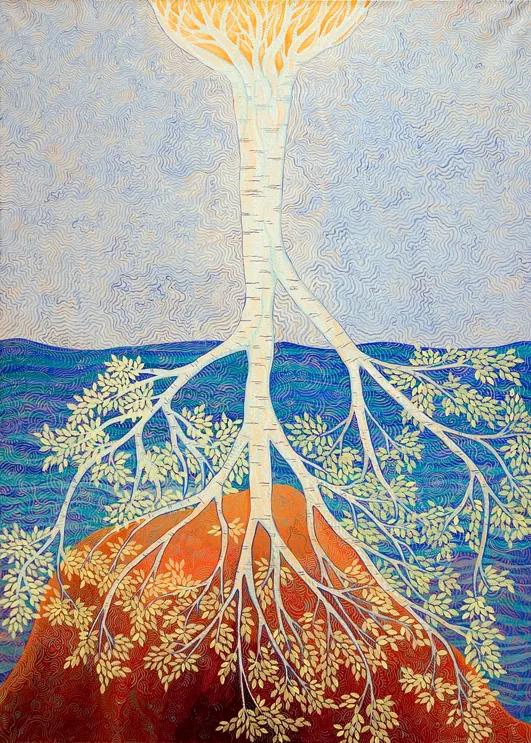
The premise of the book is that Megre used to run a shipping business in Siberia. While searching up the river Ob for some old men who had told Megre the year before on a shipping run about the secret of the cedars, he instead found a young woman called Anastasia who lived a simple life in the forest - no home, nearly no clothing, no modern conveniences and no worries. She trusted nature to provide food, warmth and clean water when she needed it, and lived a carefree existence.
Megre tried to rape Anastasia soon after meeting her, because she was so beautiful, but nature protected her by rendering him unconscious - in the same way that it had protected her since the day she was born in the forest, attending to her every need. We learn in the book that Anastasia has full control of the animal kingdom - commanding squirrels to bring her food, sleeping next to bears for warmth (which she makes Megre do on their first night together), and playing with wolves. All of this is possible because of Anastasia’s purity of thought - others who have tried to live a similar lifestyle have failed due to their corruption, which is rooted in the modern world.
Anastasia is also psychic, able to see into people’s current lives and future desires from afar - a kind of remote viewing of both physical and mental information. This is explained as being akin to television, with Anastasia tuning into the emotional rays people radiate. But Anastasia can also transmit good vibes to others, including healing energy. Here’s just a small part of the three days of intense conversation that Vladimir and Anastasia supposedly had:
“What is God, Anastasia? Does He exist? If so, why hasn’t anyone seen Him?”
“God is the interplanetary Mind, or Intelligence. He is not to be found in a single mass. Half of Him is in the non-material realm of the Universe. This is the sum total of all energies. The other half of Him is dispersed across the Earth, in every individual, in every Man. The dark forces strive to block these particles.”
“What do you think awaits our civilisation?”
“In the long term, a realisation of the futility of the technocratic path of development and a movement back to our primal origins.”
“You mean to say that all our scholars are immature beings who are leading us into a dead end?”
“I mean to say that they are accelerating the process, they are bringing you closer to the realisation that you are on the wrong path.”
“And so? All the cars and houses we build are pointless?”
“Yes.”
“You’re not bored living here alone, Anastasia? Alone, without television or telephone?”
“These primitive things you mention, Man has possessed them right from the very beginning, only in a more perfect form. I have them.”
“Both television and telephone?”
“Well, what is television? A device through which certain information is served up to an almost atrophied human imagination and scenes and story-plots are acted out. I can,through my own imagination, outline the plot of any story, and act out the most improbable situations - even take part in them myself, just like having an influence on the outcome…Oh dear, I suppose I have not been making myself too clear, eh?”
“And the telephone?”
“Every Man can talk with any other individual without the aid of a telephone. All that is needed is the will and desire of both parties and a developed imagination.”
Soon after this conversation, on the second night, Megre refuses to sleep with the bear again, and insists that Anastasia lie down with him to “keep me warm”. This time, despite insisting that he had no “fleshly desires”, he makes another pass at Anastasia. And this time Anastasia, and nature, let it happen - because his desire was underpinned by an earnest need to have a child - something his wife, back at home, had been unable to give him.
Honestly, it’s these parts of the book that seem extra creepy. Undoubtedly we’re dealing with the overactive imagination of a man who never actually met a woman of the forest in Siberia, so none of this really happened. But the mere fact that Megre - a man at the time in his late 40s - thinks that a story about him trying to trick a 19 year old woman into sleeping with him is something to be proud of, is in and of itself somewhat concerning. Added to that, the book then goes on to conclude that (according to Anastasia) all sex is fornication unless it has the sole express purpose of conceiving a child, and therefore people should only have sex a few times in their life. All in all Megre’s ideas of sex come across as pretty messed up to me.
From here on in I stopped reading the book properly, and started skimming through it, as the sheer idiocy of it had started to really annoy me for some reason. In summary, the book talked about gardeners who spend their weekends looking after the vegetable and fruit gardens at their holiday homes. In Russia these second homes are called “dachas”, and Anastasia refers to these gardeners as “dachniks”. Anastasia would help them by psychically beaming ideas into their heads about how to improve their agricultural techniques. It also talked about UFOs (yep, they’re real, and made of fungus), solving the problem of car pollution (strap little boxes with filters to cars’ front bumpers, and that will clean the air as they drive), how to properly make a horoscope, etc, etc. And all of this was explained in the way you’d expect a man who is not very well-versed in physics, chemistry or biology would talk about things - overly simplistic, often naively wrong, and very frustrating to read.
When I reached close to the middle of the book I found what I should have been expecting all along - the seed imprinting idea in the Brooklyn Tattler article appears not to have been inspired by the real biological idea of genomic imprinting at all, it’s all been taken from this middle-aged Russian man’s erotic fantasy about the time he met a teenage wood-nymph who had sex with him and taught him that women should be subservient. Here’s the beginning of chapter 11 of the book, titled “The seed as physician”:
Anastasia stated:
“Every seed you plant contains within itself an enormous amount of information about the Universe. Nothing made by human hands can compare with this information either in size or accuracy. Through the help of these data the seed knows the exact time, down to the millisecond, when it is to come alive, grow - what juices it is to take from the Earth, how to make use of the rays of the celestial bodies - the Sun, Moon and stars, what it is to grow into, what fruit to bring forth. These fruits are designed to sustain Man’s life. More powerfully and effectively than any manufactured drugs of the present or future, these fruits are capable of counteracting and withstanding any disease of the human body. But to this end the seed must know about the human condition. So that during the maturation process it can satiate its fruit with the right correlation of substances to heal a specific individual of his disease, if indeed he has it or is prone to it.
“In order for the seed of a cucumber, tomato or any other plant grown in one’s plot to have such information, the following steps are necessary:
“Before planting, put into your mouth one or more little seeds, hold them in your mouth, under the tongue, for at least nine minutes. “Then place the seed between the palms of your hands and hold it there for about thirty seconds. During this time it is important that you be standing barefoot on the spot of earth where you will later be planting it.
“Open your hands, and carefully raise the seed which you are holding to your mouth. Then blow on it lightly, warming it with your breath, and the wee little seed will know everything that is within you.
“Then you need to hold it with your hands open another thirty seconds, presenting the seed to the celestial bodies. And the seed will determine the moment of its awakening. The planets will all help it! And will give the sprouts the light they need to produce fruit especially for you.
“After that you may plant the seed in the ground. In no case should you water it right off, so as not to wash away the saliva which is now covering it, along with other information about you that the seed will take in. It can be watered three days after planting.
“The planting must be done on days appropriate to each vegetable (people already know this, from the lunar calendar). In the absence of watering, a premature planting is not as harmful as an overdue planting.
“It is not a good idea to pull up all the weeds growing in the vicinity of the sprouts. At least one of each kind should be left in place. The weeds can be cut back…”
According to Anastasia, the seed is thus able to take in information about the person who plants it, and then during the cultivation of its fruit it will pick up from the Universe and the Earth the optimum blend of energies needed for a given Man. The weeds should not be disposed of completely, as they have their own appointed function. Some weeds serve to protect the plant from disease while others give supplemental information. During the cultivation time it is vital to communicate with the plant - at least once during its growth period. And it is desirable to approach it and touch it during a full moon.
Anastasia maintains that the fruit cultivated from the seed in this manner, and consumed by the individual who cultivated it, is capable not only of curing him of any diseases of the flesh whatsoever but also of significantly retarding the aging process, rescuing him from harmful habits, tremendously increasing his mental abilities and giving him a sense of inner peace. The fruit will have the most effective influence when consumed no later than three days after harvesting.
The above-mentioned steps should be taken with a variety of plant species in the garden-plot.
It is not necessary to plant a whole row of cucumbers, tomatoes etc., in this manner; just a few plants each is enough.
The fruit of plants grown like this will be distinguished from other plants of the same species not only in taste. If analysed, it will be seen that they are also distinct in terms of the substances they contain.
When planting the seedlings, it is important to soften the dirt in the excavated hole with one’s fingers and bare toes, and spit into the hole. Responding to my question “Why the feet?”, Anastasia explained that through perspiration from one’s feet come substances (toxins, no doubt) containing information about bodily diseases. This information is taken in by the seedlings. They transmit it to the fruit, which will thus be enabled to counteract diseases. Anastasia recommended walking around the plot barefoot from time to time.
“What kind of plants should one cultivate?”
Anastasia replied:
“The same variety that exists in most garden-plots is quite sufficient: raspberries, currants, gooseberries, cucumbers, tomatoes, wild strawberries, any kind of apple tree. Sweet or sour cherries and flowers would be very good too. It does not make any difference how many plants of each kind there are or how big their area of cultivation is.
“There are a few ‘definites’, without which it would be difficult to imagine a full energy micro-climate: one of them is sunflowers (at least one plant). There should also be one-and-a-half or two square metres of cereal grains (rye or wheat, for example), and be sure to leave an ‘island’ of at least two square metres for wild-growing herbs - ones that are not planted manually. If you have not left any of them growing around your dacha,you can bring in some turf from the forest and thereby create an island of natural growth.”
I asked Anastasia if it were necessary to plant these ‘definites’ directly in the plot, if there were already some wild-growing herbs close by - say,just beyond the fence - and this is how she responded: “It is not just the variety of plants that is significant, but also how they are planted - the direct communication with them that allows them to take in the information they need. I have already told you about one of the methods of planting - that’s the basic one. The important thing is to infuse the little patch ofNature surrounding you with information about yourself. Only then will the healing effect and the life-giving support of your body be significantly higher than from the fruit alone. Out in the natural ‘wilds’ (as you call them) - and Nature really is not wild, it is just unfamiliar to you - there are a great many plants that can help us cure all - and I mean all - existing diseases. These plants have been designed for that purpose, but Man has lost, or almost lost, the ability to identify them.”
I told Anastasia that we already have many specialised pharmacies which deal in healing herbs, just as there are many physicians and medicine men who make a profession out of herb treatments, and she replied:
“The chief physician is your own body. Right from the start it was endowed with the ability to know which herb should be used and when. How to eat and breathe. It is capable of warding off disease even before its outward manifestation. And nobody else can replace your body, for this is your personal physician, given individually to you by God, and personal only to you. I am telling you how to provide it with the opportunity to act beneficially on your behalf.
“If you make connections with the plants in your garden-plot, they will take care of you and cure you. They will make the right diagnoses all by themselves and prepare the most effective medicine especially designed for you.”
It would be great if this single chapter alone was true, let alone the rest of the book, as it would have far-reaching consequences for the health and wellbeing of 8 billion people. But sadly this is just fantasy.
Cedar nuts feature heavily in the story - and wouldn’t you know it, Megre’s organisation sells cedar oil products on his website. You can even order locally from Australia. I’m half-tempted to get myself a pack of cedar nut flakes for breakfast.
At the conclusion of the book, having just met Anastasia three days earlier - the most amazing, beautiful, intelligent, talented woman he’d ever met, a woman who fawned over him, had professed that she loved him, and was now pregnant with his child, Magre apparently decided that he needed to leave her to rejoin his convoy of ships heading up the river. Apparently it was more important for him to return to Moscow and write a book about Anastasia than to stay with her and learn more from her.
Finally, as if 200 pages of infantile imaginings wasn’t enough, there’s an epilogue to the new edition of the book containing pseudoarchaeology, pseudoscience, some poetry, letters from fans and a plea for people to not attempt to find Anastasia in Siberia. Oh, and Magre mentions that he once dropped in to Siberia to see Anastasia and his child, and remarks that mother and son have “a most unusual relationship”.
You can read the book yourself for free online, but be warned that if you find yourself hooked, there are nine other books that you’ll need to purchase to learn the entire, very fictional story - only the first one is free. This book immediately reminded me of another book I read a couple of decades ago - The Celestine Prophecy, a similar attempt to promote a fanciful story as factual, and one which also attempted to start a popular movement based on an author’s fantastical tale of going on a spiritual and physical journey.
This would all just be a bit of a joke if it wasn’t for the fact that the Anastasian movement inspired by Megre’s book is apparently a far-right nationalist group that is centred in Russia. What appears to have grown from the ideas in this book feels akin to the American TradWife and Quiverfull movements, with stereotypical gender roles, sex as a means of procreation only, home schooling, a mistrust of modern healthcare and the pharmaceutical industry, and a wariness of all things “technological”. It seems that many of the followers of this movement believe that the mythical Anastasia is a real person, a woman who lives today in the Siberian wilderness and is bringing up Megre’s child in the forest.
I know this is somewhat poisoning the well, but the images on Wikipedia of Anastasian events and communes (kinship homesteads within homestead settlements) look closer to images from the movie Midsommar than I’d ever be comfortable with:
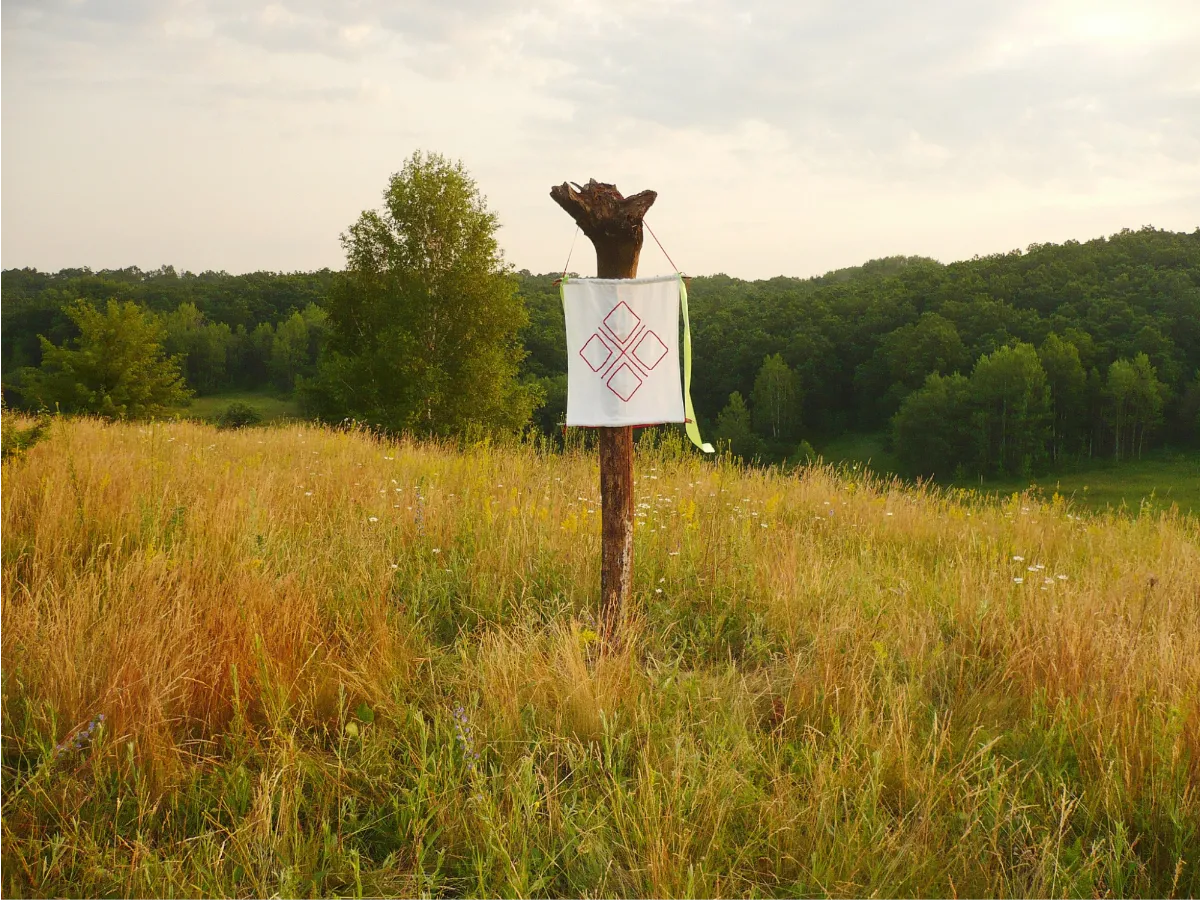
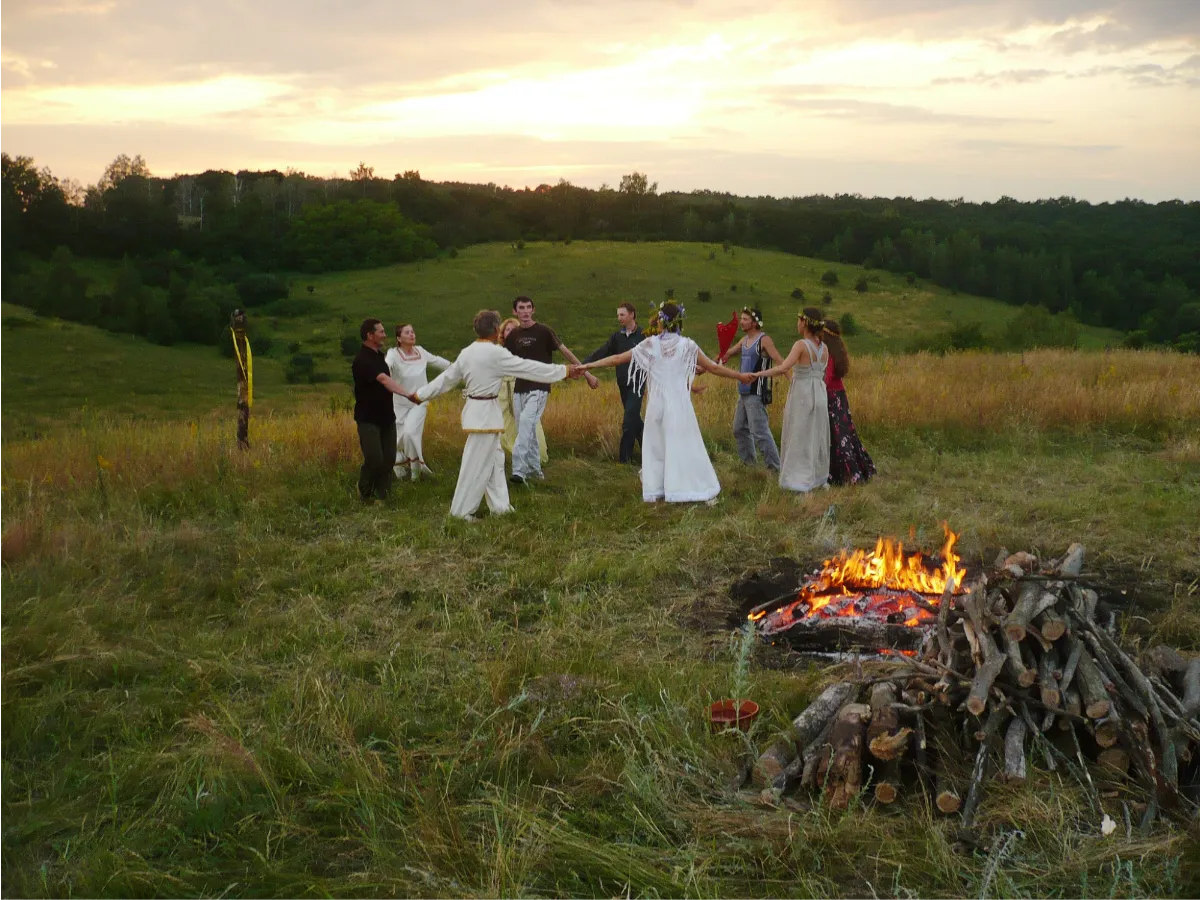
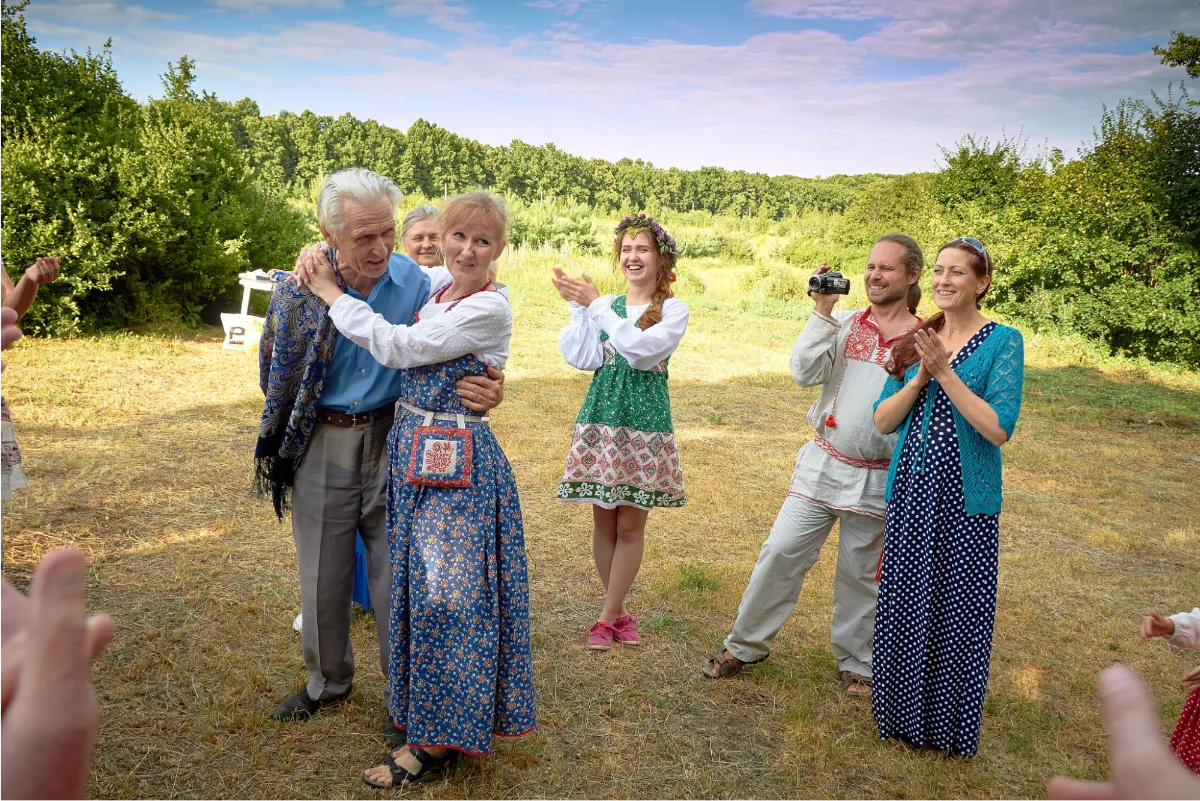

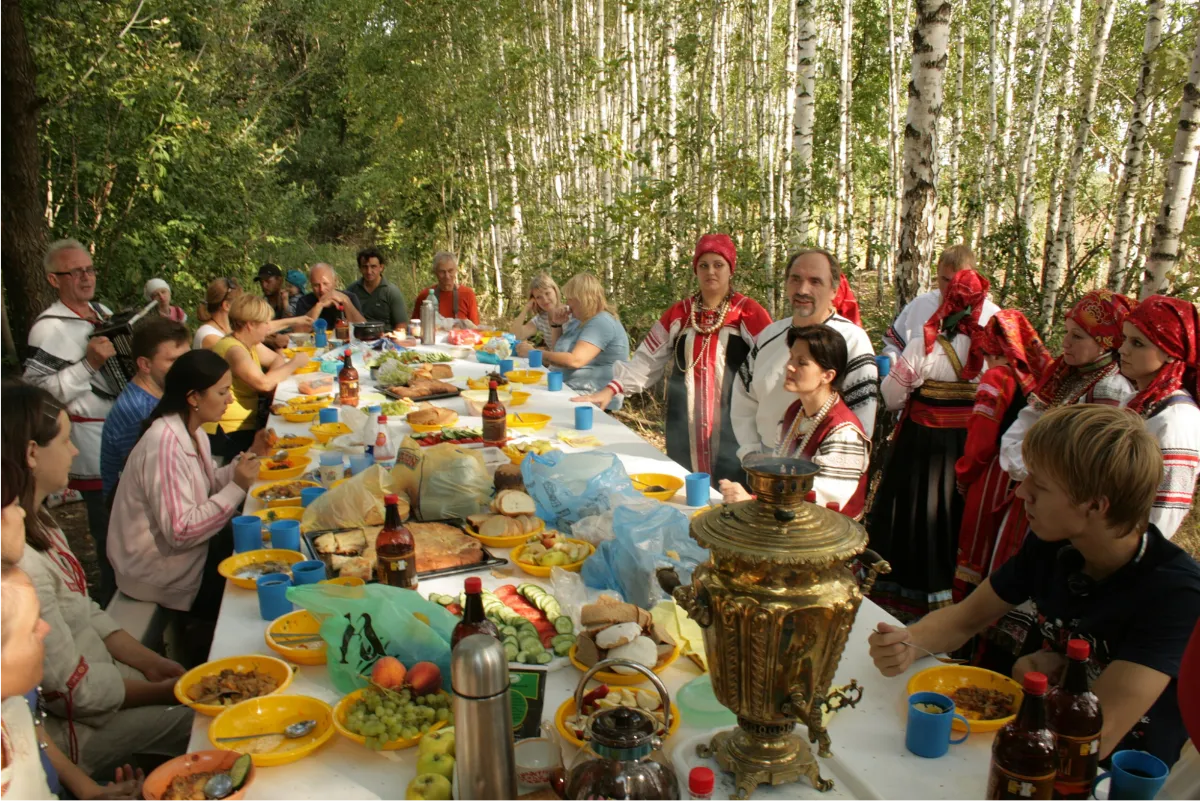
It’s a pity that this “movement” appears to have made it as far as New Zealand, and that people here are repeating this nonsense publicly as if it’s fact. Let’s hope it doesn’t spread any further than Brooklyn, NZ.
